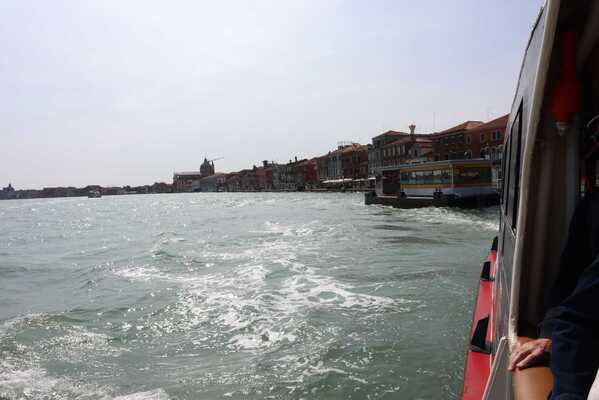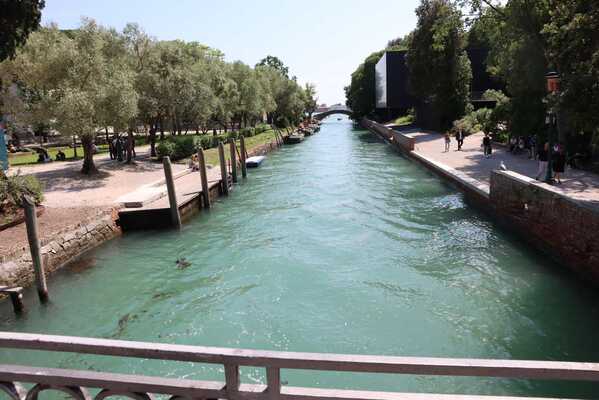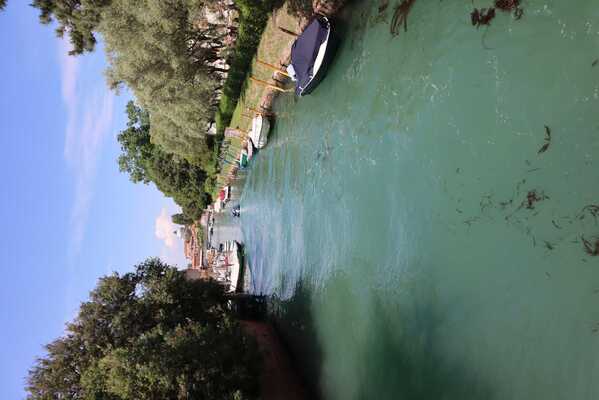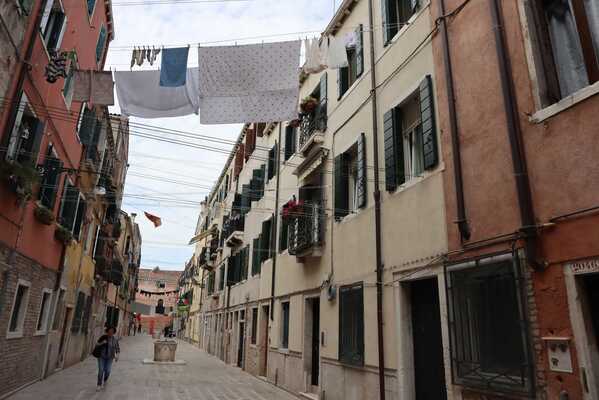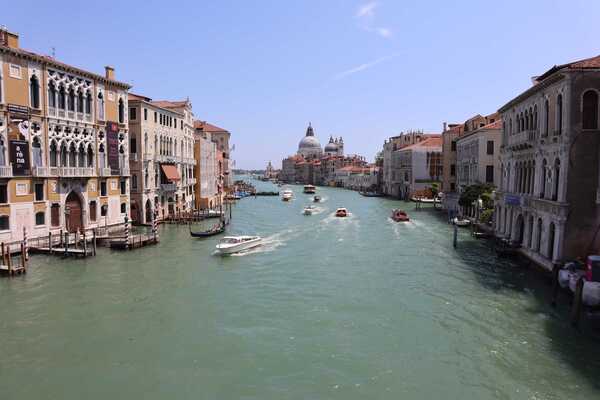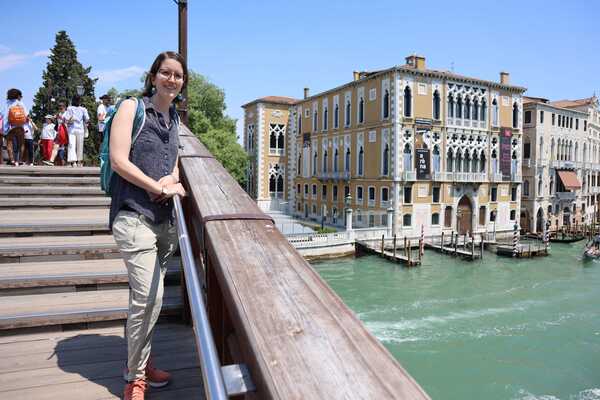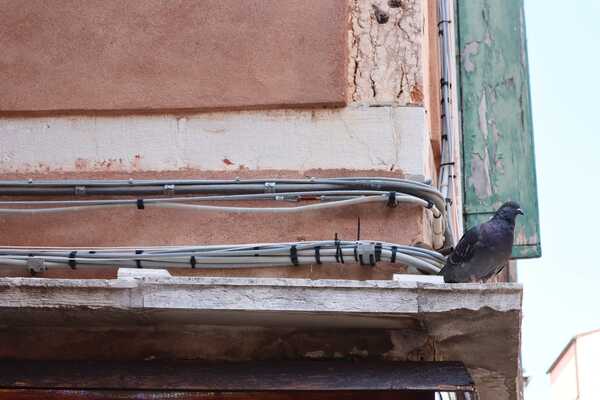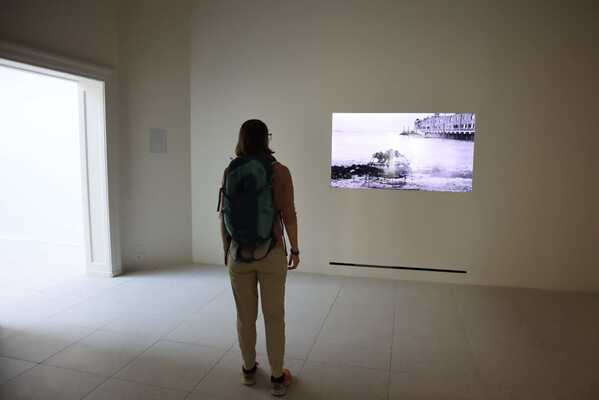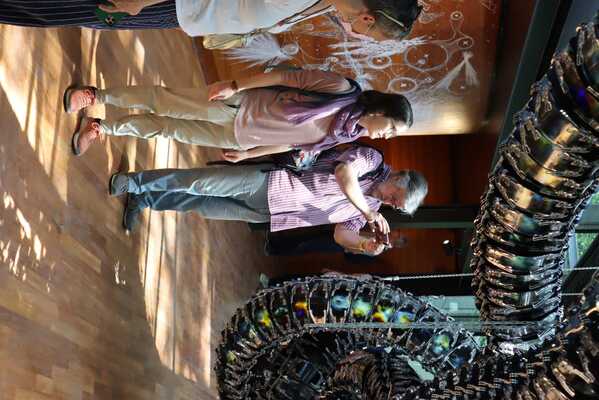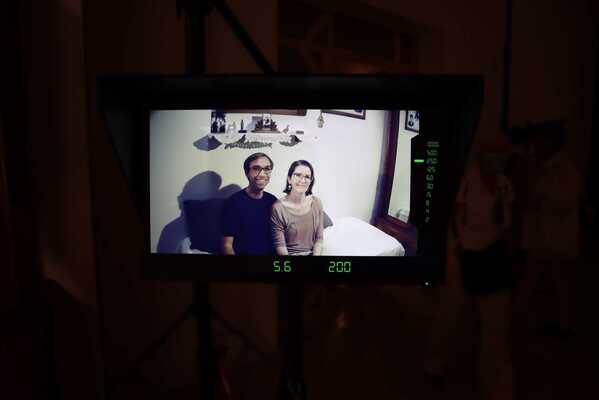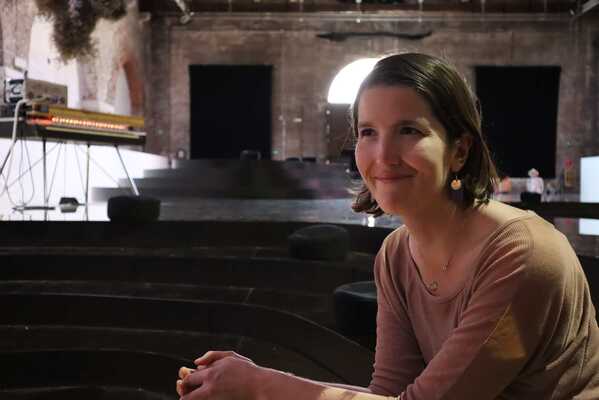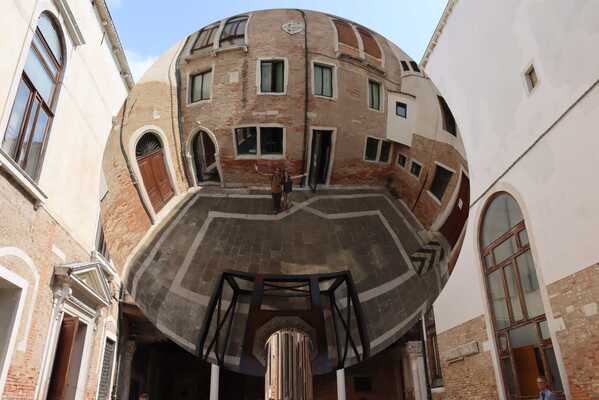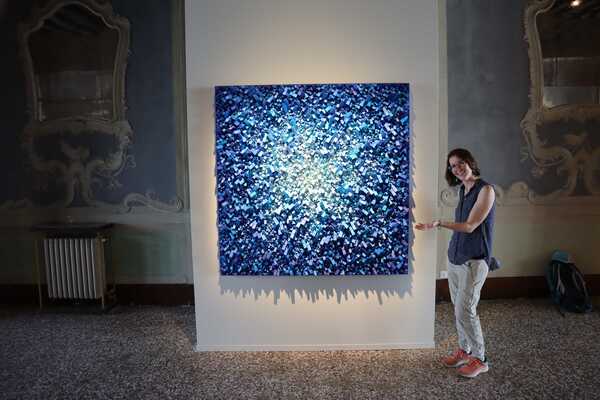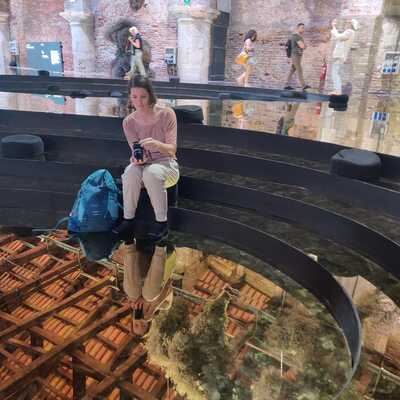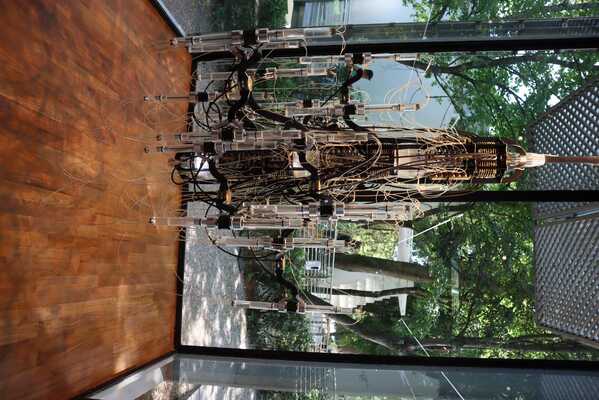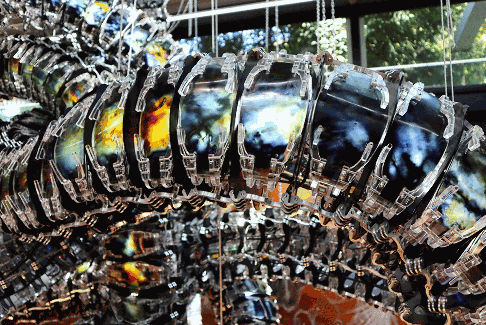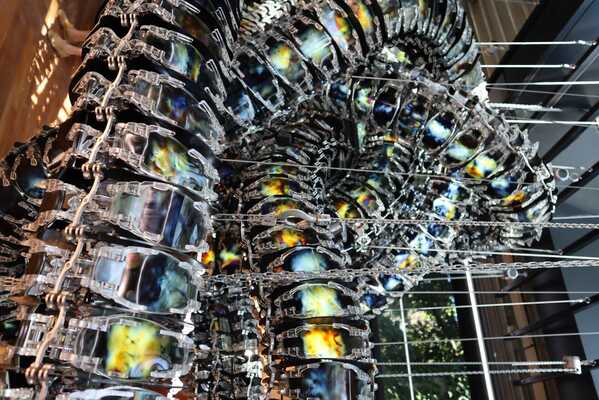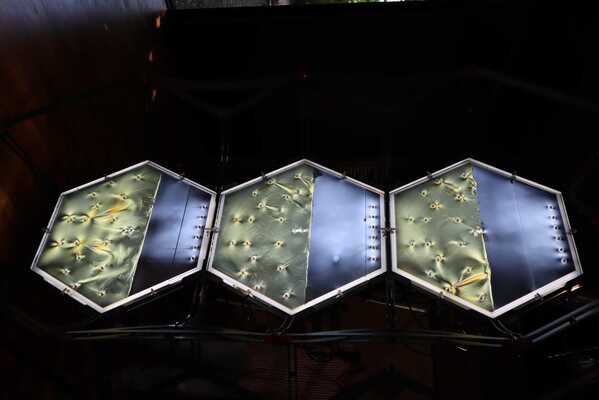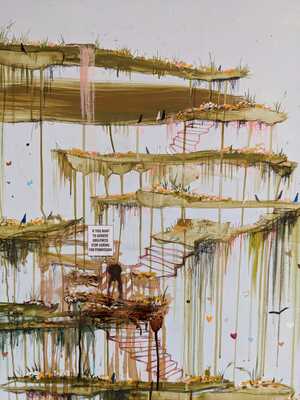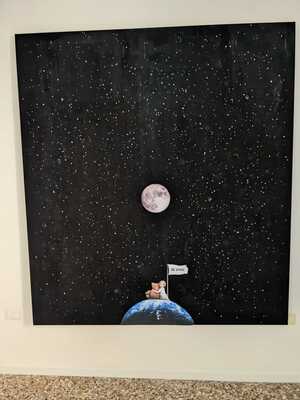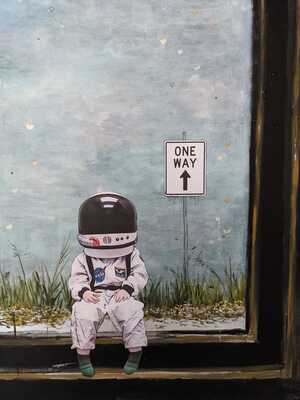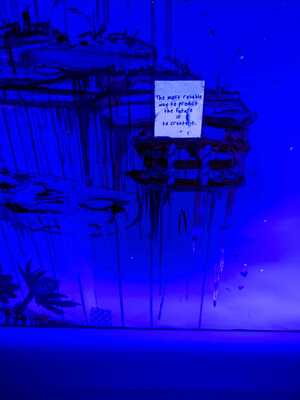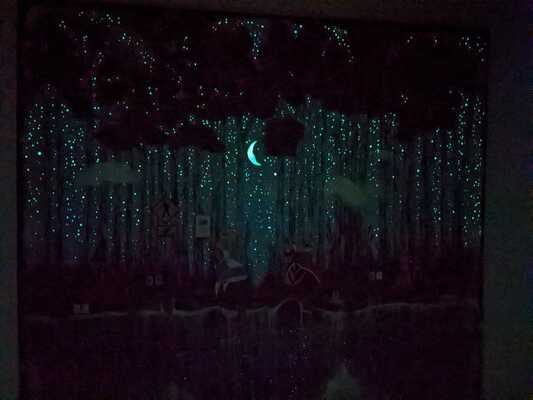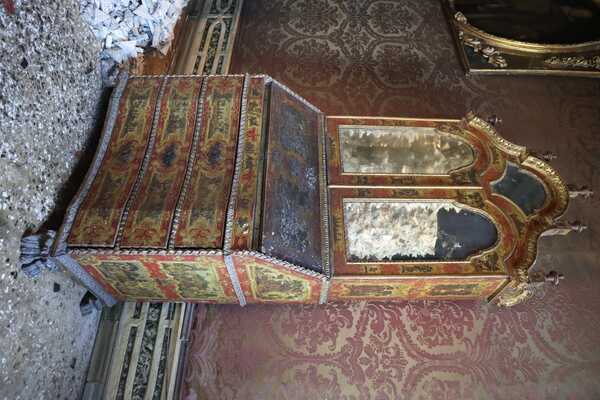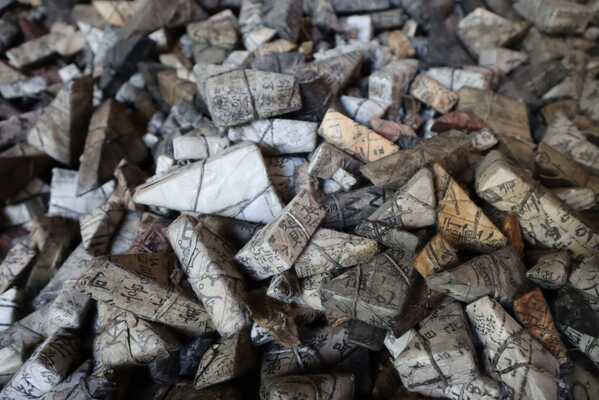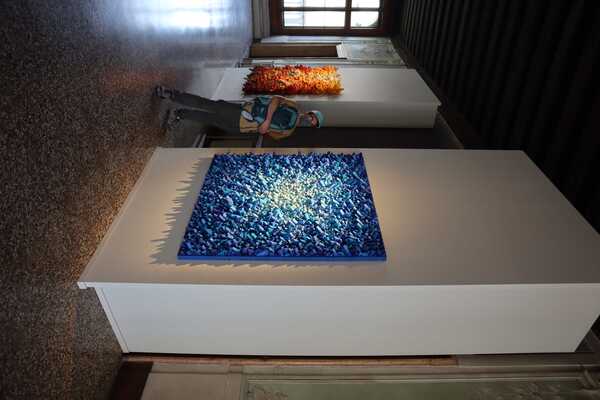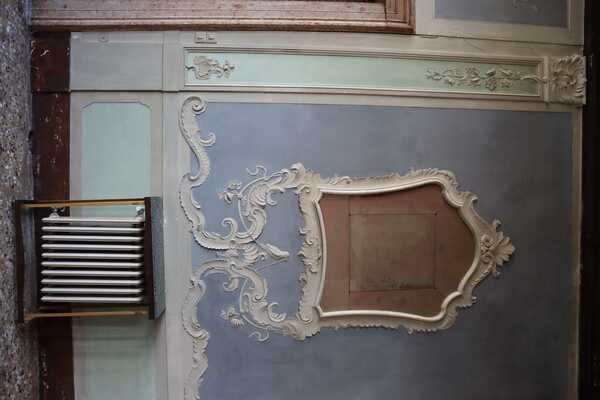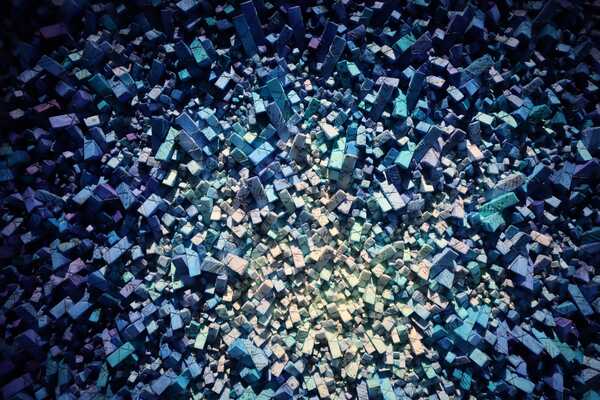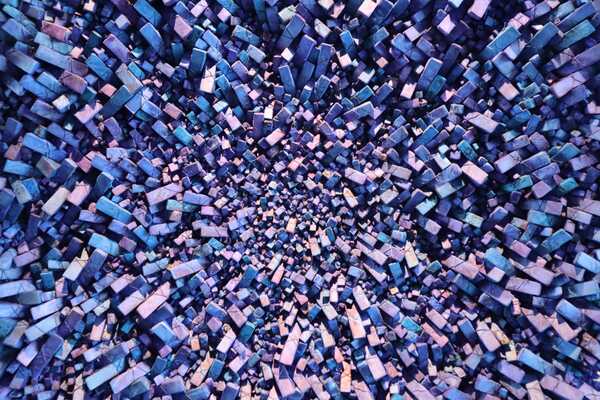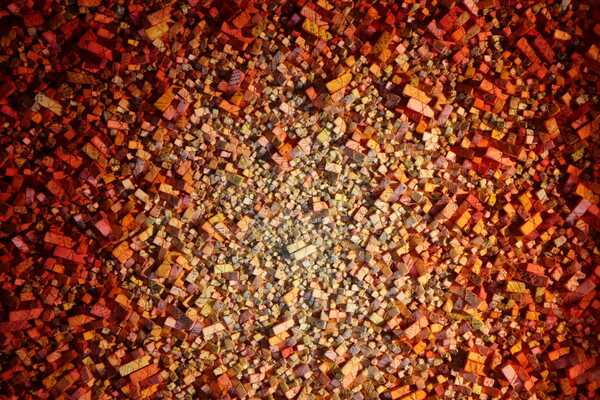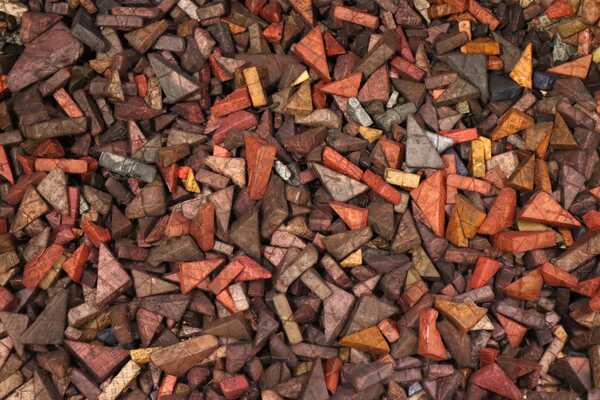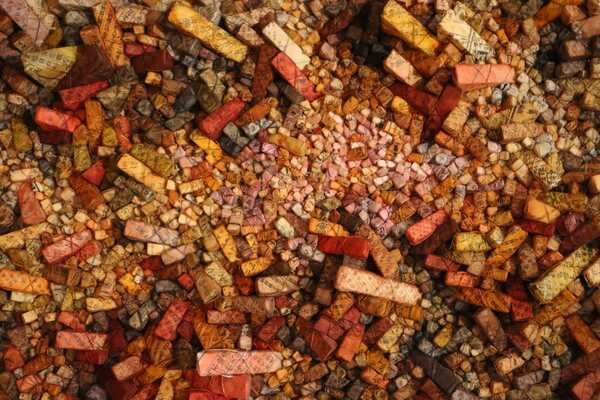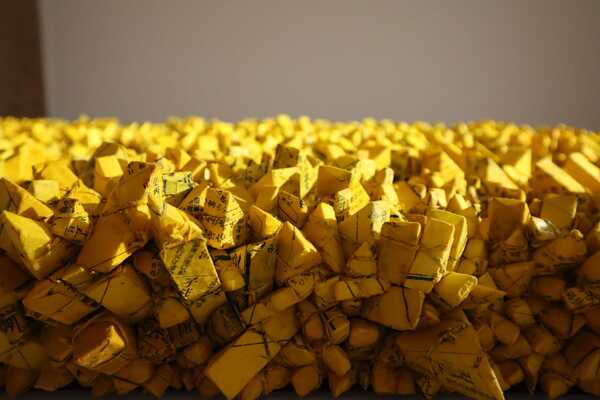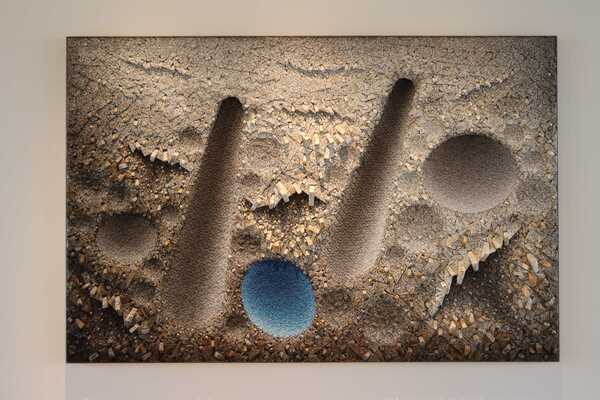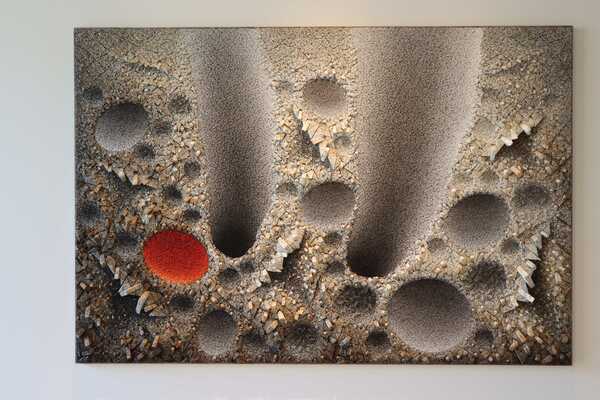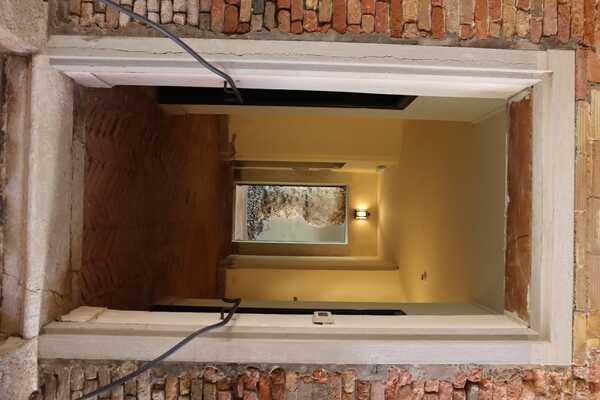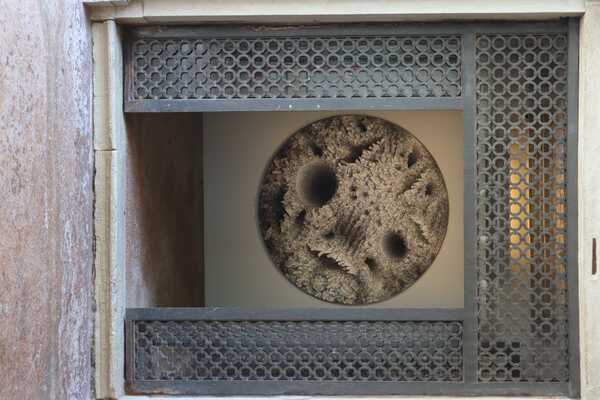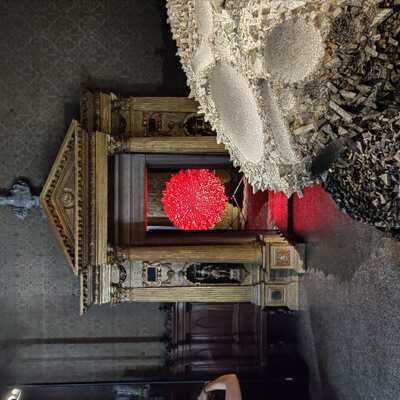Venice Biennale
After train hopping from Bonassola to Pisa, Pisa to Florence, Florence to Venice. We had one more leg to go to get to our next stay: a Vaporetto from the train station in Venice to Giudecca, a neighborhood island in Venice. Vaporettos are water taxis, transport locals and tourists alike across the water.
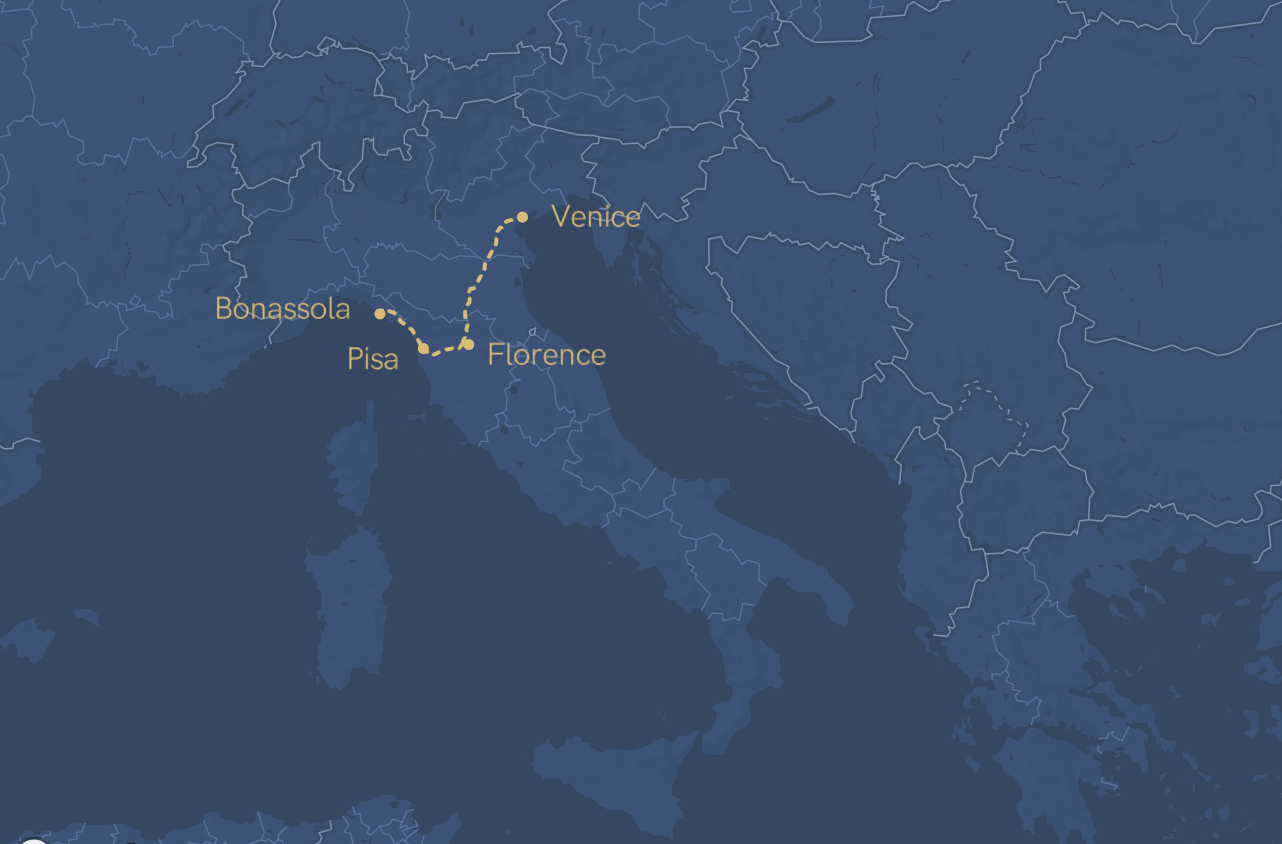
The City
As my first time in Venice, it was magical. The city is beautiful and centered around people - and people walking! It satisfies my desire for a city free of cars and with first-class pedestrian transit. Not having to deal with the noise of cars and the constant fear of being hit by a car allowed us to meander and enjoy the wanderlust of the city. Additionally, we enjoyed watching the food delivery and trash pickups by boat in the early morning. When transporting goods, the final legs of the journey - no matter the value of it - is by boat and then small carts easily able to do stairs, adding the city’s magic.
The first-class pedestrian transit, canals, beautiful architecture and a city focused on tourism also added up to a place that felt more like Disney World than an operational city. Due to this, Katherine and I were happy with our choice to stay in Giudecca - where many locals opt to live. Only one Vaporetto stop away from the core area of Venice, it was quick and easy for us to get to the attractions of the main island while still being quieter. It also lead us to a unique experience of seeing a local artist 5 times on the same day, as well as a waitress the served us every day we were there, and a retired couple from San Diego multiple times. Since we were all taking the same public transit and enjoying first-class pedestrian transit, we were able to strike up conversations and enjoy the moments of continuing to bump into each other.
Beyond this, Venice footwear reminded Katherine of New York City - where everyone wears comfortable shoes because of the amount of walking required daily. Given the amount of inherent exercise in the walking that you do daily, everyone was in decent shape. It was clear that folks were used to being on their feet and wouldn’t bat an eye at walking a couple of miles. We already are traveling with our hiking shoes in prep for Tanzania, so we fit right in with our comfortable shoes - which was great.
The Biennale
Now for the reason, we showed up to Venice: the Biennale, a contemporary art exhibition that happens every 2 years with artists from around the world. There’s a central art exhibit, countries have selected artists also representing them (shown in smaller buildings), and then there are the satellite exhibits throughout the city. It’s a lot of visual art throughout the city.
For me, the most exciting part of the Biennale was being able to experience it with Katherine. She has talked about the previous Biennales as an example of the art that she loves and the art that inspires her. Having experienced it together feels like taking something from her past experiences before we met (and excited descriptions) and grounding it into our experience together.
Korea
The Korea Pavilion stood out to me. Walking up to the pavilion was an experience on its own that brought me joy, wonder and excitement. The exhibition managed to create a utopian Sci-Fi setting. It was able to reveal to the viewer how the world can work in unintuitive and awesome ways. For example, ARGOS – The Swollen Suns provides real-time visualization of all the subatomic particles passing through the sculpture. Exploring this space was reminiscent of the science experiments I did in school. And left me in a place of curiosity and wonder for the world.
Additionally, The pavilion featured large glass windows that gave a view into lush gardens and the Venetian Lagoon. These backgrounds provided an interesting juxtaposition to the heavy use of technology within the sculptures inside. The contrast between the two was beautiful. It felt like me: a techie who is in love with the natural world.
Veronica Green
Veronica Green’s gallery was one of the last that we visited on our first day. We happened to walk by after leaving the Arsenale, part of the main Biennale grounds. We were both exhausted from a full day of experiences. However, we both perked up at her gallery. The gallery was made into an immersive experience with the use of light. The viewing was roughly a 10-minute show where you first see the pieces in natural daylight, then UV (or black light) and then the darkness.
The artwork resonated with both of us. It managed to convey a playful wonder. And explicitly stated several statements that our experiences have led us to find truth in our own lives.
Chun Kwang Young
Chun Kwang Young’s Exhibition was my favorite! As we were walking through Katherine mentioned “Great art is as interesting up close as it is from far away”. This statement is true of all of Chun’s work. Each piece is composed of wrapped aged hanji triangles. It was inspired by the hanji-wrapped medicine Young received as a child. Up close you are lost in the text and antique paper. When focusing anywhere on the pieces, then my mind is curious about what the papers say and what they were part of. Stepping back slightly, the Triangles feel like jagged landscapes. Stepping back further, the triangles make a polygon mesh - just as in computer graphics where a mesh of small things makes up a larger composition.
When I entered this exhibition I had thought that it was a single floor and by the time I had gone through the rooms on all three floors, I was enthralled. I had so much fun exploring the gardens, viewing the private canal access through an old garage?, and the art itself.
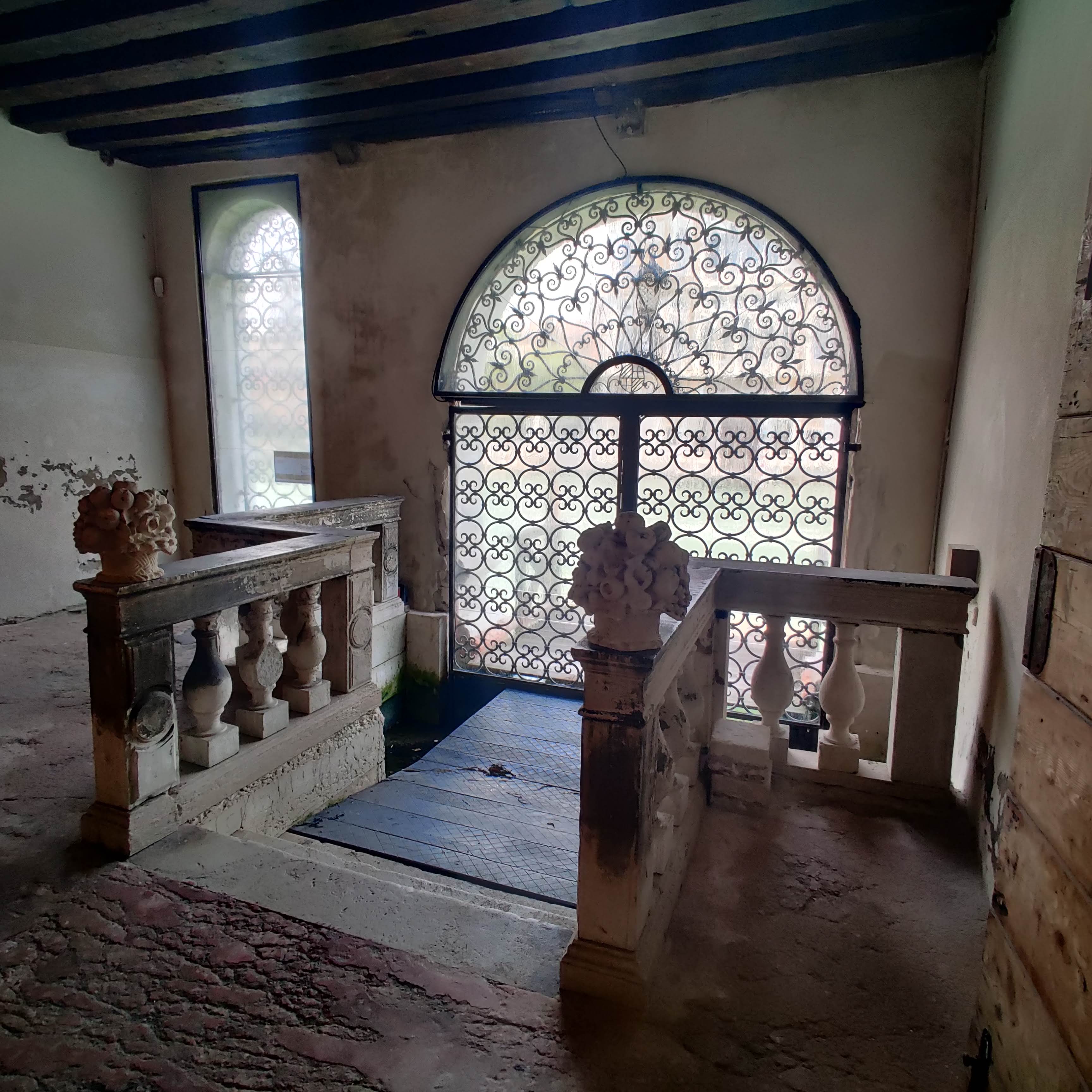
However, the exhibition only continued to get better as we ascended the mansion. The art filled with more and more color and filled me with more excitement. It was a joy to explore the space. Young’s work complimented the history and intricacy of the mansion that housed it and was a delight to view. There was also a 15-minute video about the artist and his process, which added another dimension of complexity. He was also extremely pragmatic in explaining “why triangles?”: they fit together well to create any shape. After watching the video about the exhibit, we went back through the exhibit with that new layer of context about the artist, his process, the sculptures, and even his wife’s involvement and support.
The 2022 Biennale goes until November, so if anyone is in the process of planning a vacation and needs a destination, I highly recommend checking it out. Most of the offsite exhibitions are free and give you a great reason to go down a long snaking alley away from all the tourist spots. It is often on multiple floors of a building not normally open to tourists, allowing you to explore the city as a local. Allowing you to see beautiful art and acting as an impetuous to see many parts of the city that can go overlooked.
